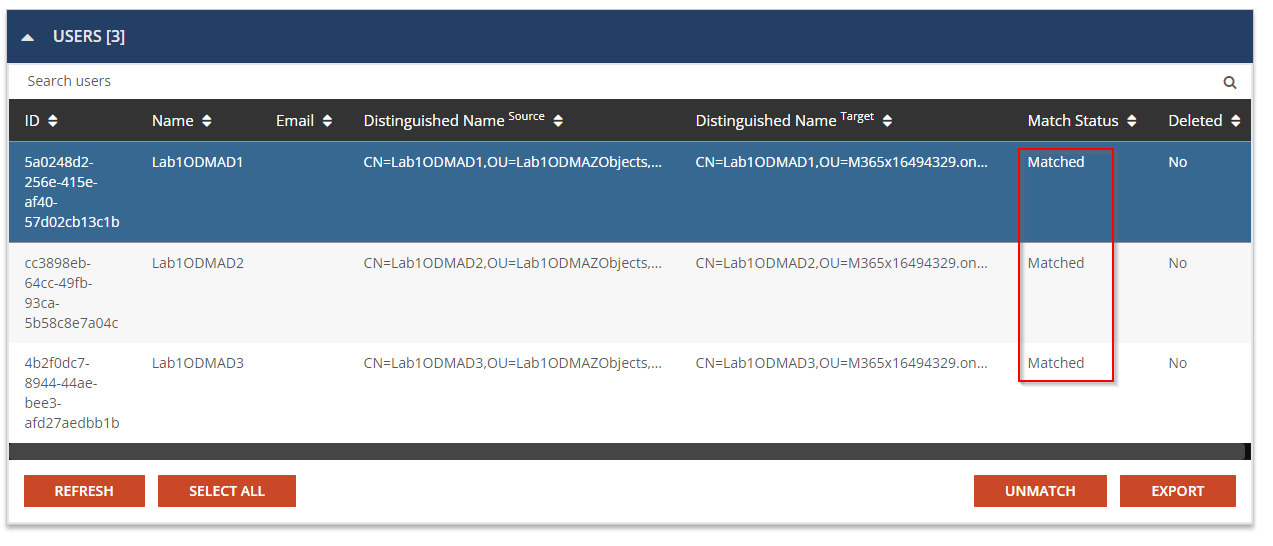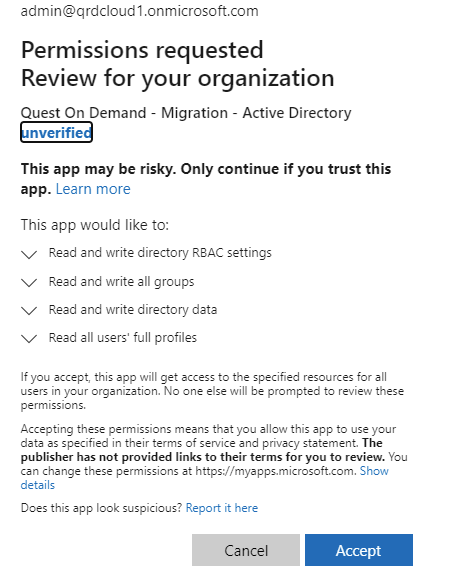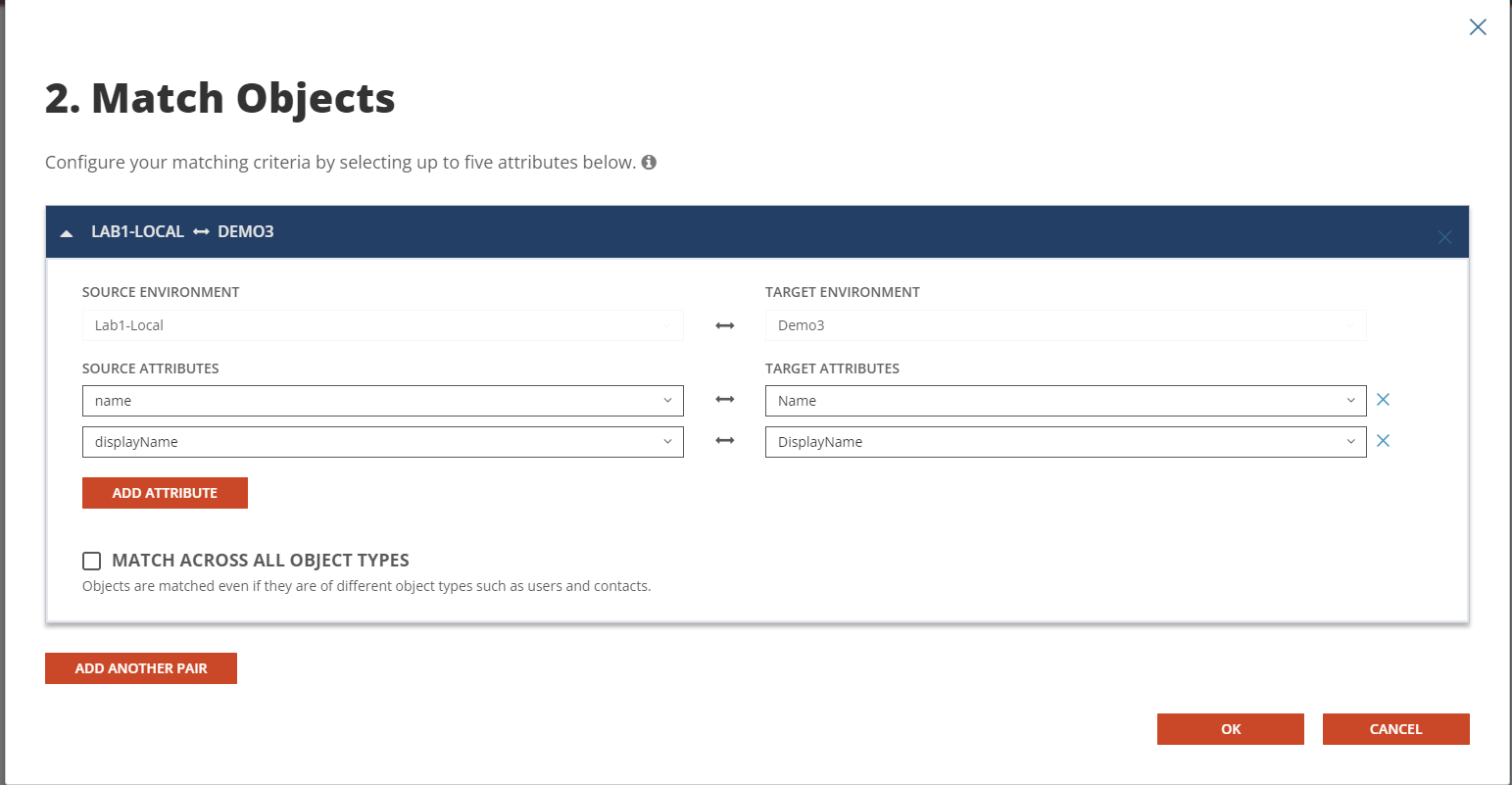Setting up the Directory Sync Cloud Environment
-
Click Environments in the left navigation menu to display the environment page.
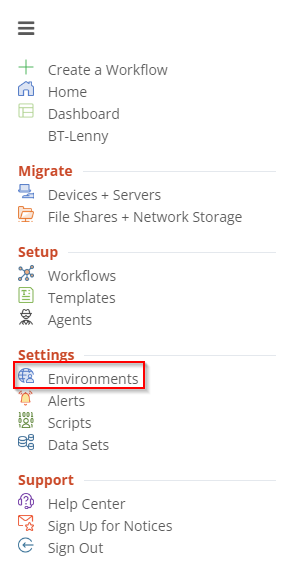
-
Click New to open the environment wizard.
-
Select Cloud and click Next.
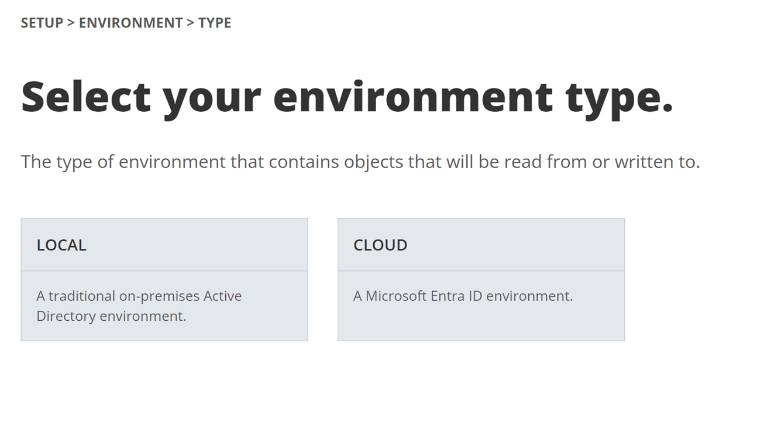
-
Type the name of the cloud environment and click Next.
-
Click on Add Commercial or GCC tenant.
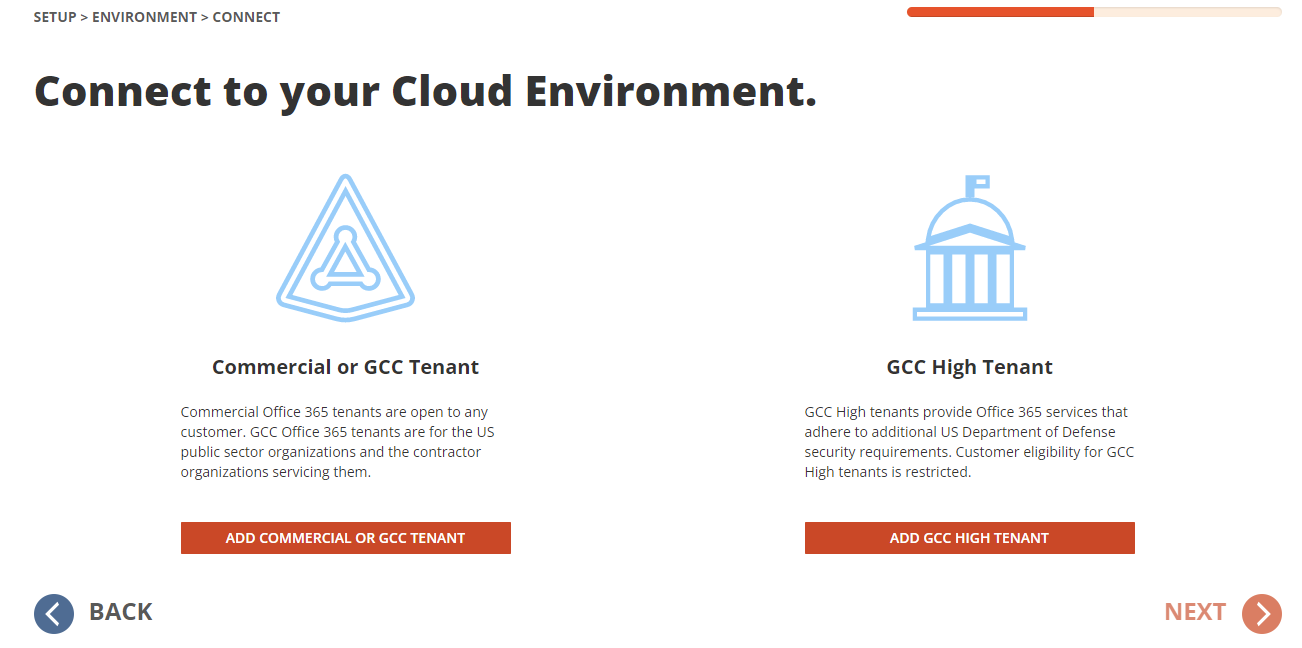
-
Enter the tenant Admin Credential and accept the consents.
-
Click Next.
-
Configure the cloud environment filter group and click Next.
-
Select the “Include Objects Synchronized with a Local Active Directory via Microsoft Entra Connect option if you wish to include Hybrid Objects. For the purpose of this guide, we will leave this option unchecked and click Next.
-
Review the environment summary and click Finish.

Configure Directory Sync Template
This section provides a step-by-step guide on how to configure the Directory Sync Template.
-
Log in to On Demand.
-
Navigate to Migration, select the project, and click on Directory Sync.
-
Click the Directory Sync icon.
-
Click the Templates link via the hamburger menu.
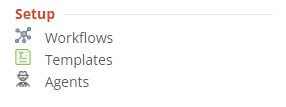
-
Click New and bring up the Template Wizard.
-
Enter the name and description for the template and click Next.
-
Select Local for source environment type and click Next.
-
Select Cloud for target environment type and click Next.
-
Configure the Users Synchronization options and click Next. For the purpose of this guide, use the default options.
-
Configure the Groups Synchronization options and click Next. For the purpose of this guide, use the default options.
-
Configure the Contact Synchronization options, click Next. For the purpose of this guide, use the default options.
-
Specify the default user password and click Next.
-
Configure the Attribute mappings, click Next. For the purpose of this guide, use the default options.
-
Review the template summary and click Finish.

Configure Directory Sync Workflow
This section provides a step-by-step guide on how to deploy and configure the Directory Sync Workflow.
-
Log in to On Demand.
-
Navigate to Migration, select the project, and click on Directory Sync.
-
Click on the Directory Sync icon.
-
Click on New under Workflow and bring up the workflow wizard.
-
Enter the workflow name and click Next.
-
Select the environments and click Next, for the purpose of this guide, please select the Local and Cloud environments added in the above step.
-
Select One Way Sync and click Next.
-
The workflow wizard will have four(4) workflow tasks pre-selected, they are Read, Match, Stage and Write. We will need to configure all 4 tasks.
-
Read – Select the environments from which you wish to read the objects.
-
Match – This is the step where you will decide how to match existing objects across your Microsoft Entra ID directories. Matching is conducted by pairing sets of attributes to find corresponding objects. Your two (2) environments may already have some attributes that can be used to find similar objects between the different directories, or you may need to populate some to ensure accurate matching. For a successful Directory Synchronization, it is most important that existing objects are correctly matched.
For the purpose of this guide, DisplayName and Name will be used for matching.
-
Stage – Configure how objects are synced using the sync template. The Stage data step is required and if you do not wish to create any objects in the target environment, you may modify the template option and select “Skip” or “Do Not Create” for each object type.
-
Select the Sync Template, click Next.
-
Select the source environment, click Next.
-
Select the target environment, click Next.
-
Choose the target domain name, click Next.
-
Select the Source Organizational Units, for the purpose of this guide, select the OUs you have defined in the Local Environment which contains your in-scope Users, Groups and Devices. Click Next.
-
Configure any Stage Data filters by double-clicking the OUs. It is highly recommended to setup a filter to limit the scope when performing a test on the first sync as part of the validation. click Next.
-
Review the stage data summary and click Finish.
-
-
Write – Specify the environment you want the changes to be applied to and click Next. This task can be removed from the workflow if you do not need to create any objects in the target environment.
-
-
Configure the Sync Interval. For the purpose of this guide, select Manually and click Next.
-
Configure the Sync Alert. For the purpose of this guide, we do not want to setup any alerts. Click Skip.
-
Review the workflow summary and click Finish.
Running Directory Sync Workflow and validating the sync results
This section provides a step-by-step guide on how to synchronize the objects between source and target environment using the workflow created in this guide.
-
Log in to On Demand.
-
Navigate to Migration, select the project, and click on Directory Sync.
-
Click on the Directory Sync icon.
-
Select the workflow created and click Run button.
-
Allow the workflow run to complete.
-
Select the workflow created and click Run button again.

-
Click the Environments link via the hamburger menu.
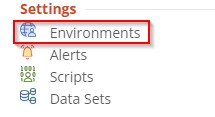
-
Select the Local On-Premises AD environment and click on Details.

-
Confirm source devices are discovered, users and groups have matching objects in the target environment.
